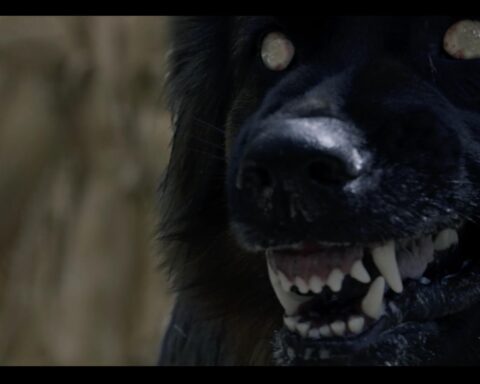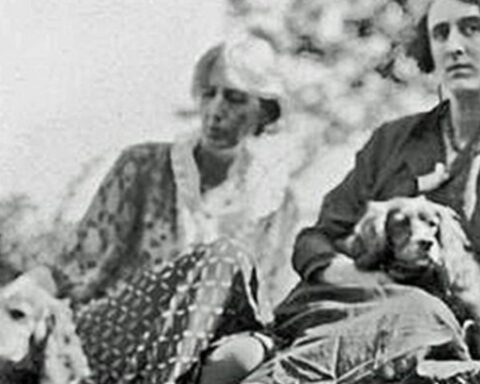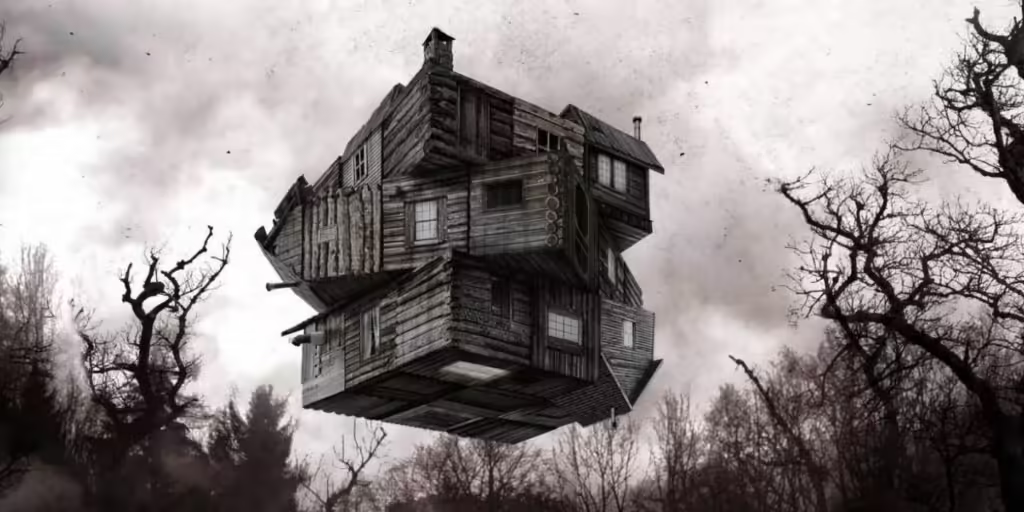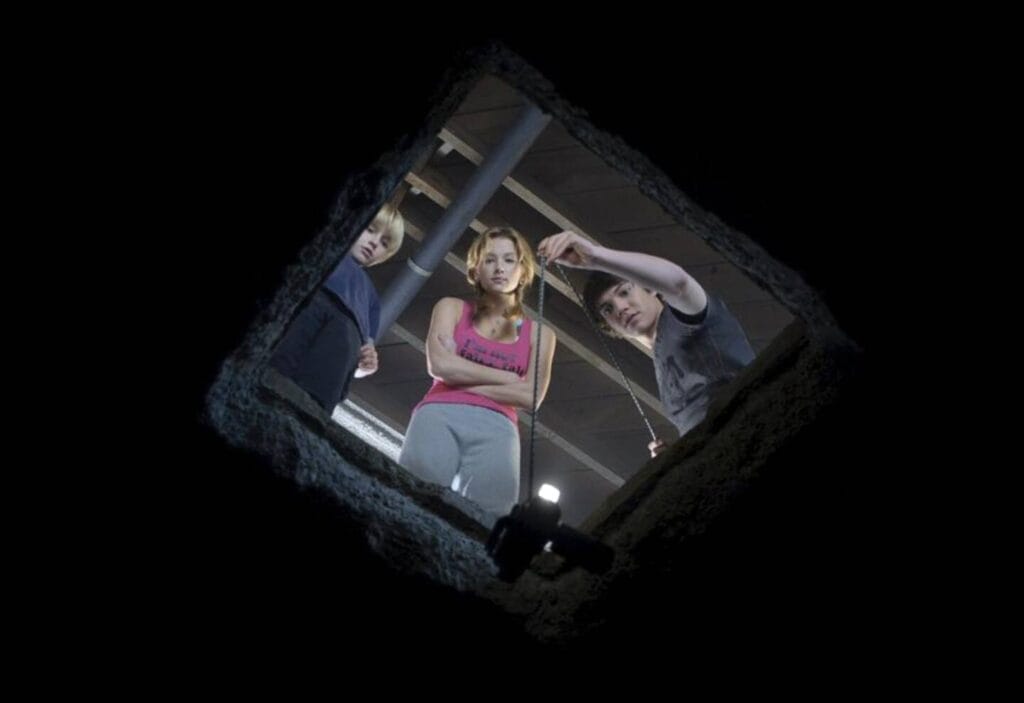The Maze Runner trilogy is a dystopian film series based on the novel series of the same name by James Dashner. Directed by Wes Ball, the films captured the imaginations of audiences worldwide with their intense action, gripping narrative, and complex characters. The trilogy consists of three films: The Maze Runner (2014), Maze Runner: The Scorch Trials (2015), and Maze Runner: The Death Cure (2018). Each film adapts one of the books in Dashner’s series, though the adaptations made significant changes to the source material. This article will explore the plot, characters, and themes of each movie, and delve into how they compare to the novels.
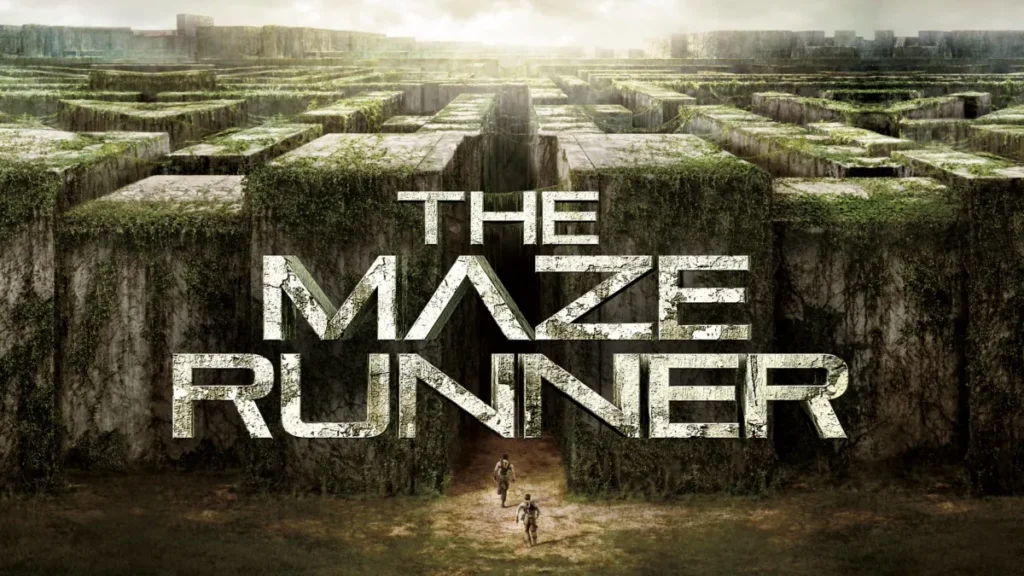
Part 1: The Maze Runner (2014)
Plot Summary
The Maze Runner introduces us to a post-apocalyptic world where a young boy named Thomas (Dylan O’Brien) wakes up in a metal elevator, with no memory of his previous life. The elevator takes him to a vast, open space known as the Glade, which is surrounded by enormous stone walls. The Glade is inhabited by a group of boys, who have also lost their memories and have been living in this environment for years. These boys, known as “Gladers,” have created a rudimentary society with roles, rules, and responsibilities to survive.
The Glade is at the center of a massive labyrinth, the Maze, which changes every night and is populated by deadly creatures called Grievers. The Gladers have been trying to find a way out of the Maze by sending “Runners” to explore and map it during the day. Despite their efforts, they have never found an exit.
Thomas is initially confused and scared, but he quickly becomes curious about the Maze and the mysteries surrounding their situation. His arrival seems to trigger a series of unusual events, starting with the appearance of Teresa (Kaya Scodelario), the first girl to arrive in the Glade, who brings a note that reads, “She’s the last one ever.” With her arrival, the Gladers’ world begins to unravel as the Maze becomes increasingly dangerous and the creatures more aggressive.
As Thomas becomes a Runner, he uncovers the dark truth behind their existence. The Gladers are part of an experiment conducted by an organization called WCKD (World Catastrophe Killzone Department), which is trying to find a cure for a deadly virus known as the Flare. The Maze is revealed to be a test to identify the strongest and most resourceful individuals who could potentially help find the cure. In a dramatic climax, Thomas leads a group of Gladers through the Maze and out into the world, only to discover that their challenges have just begun.
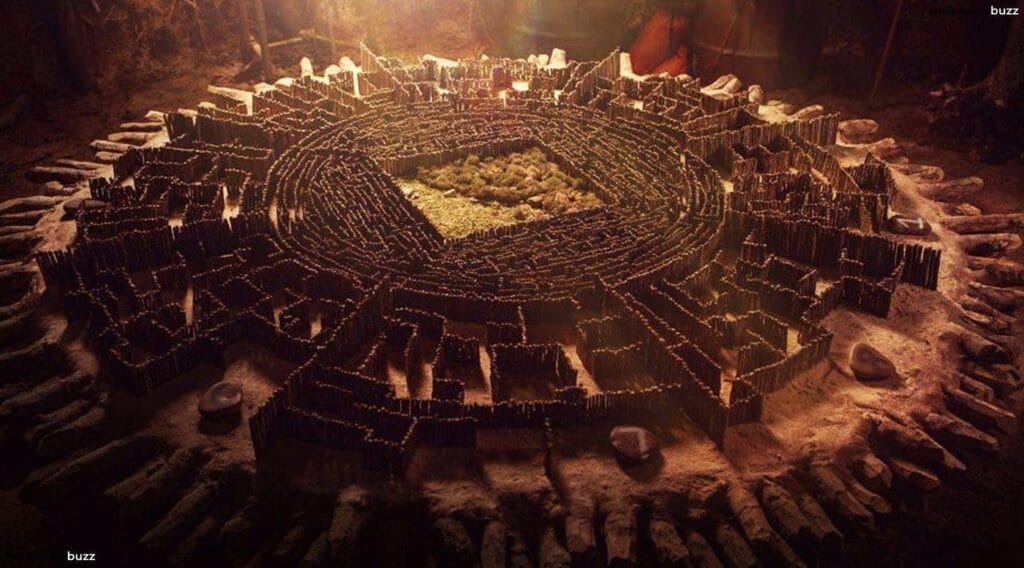
Themes and Analysis
The Maze Runner is rich with themes that resonate deeply with the audience. The most prominent theme is survival. The Gladers are constantly faced with life-or-death situations, from battling Grievers to navigating the treacherous Maze. This theme is closely tied to the idea of human resilience and the lengths to which people will go to survive.
Another central theme is memory and identity. The characters’ lack of memory is a key plot point that adds to the mystery and tension of the story. It also raises questions about how much our past defines us and whether we can forge a new identity when stripped of our history.
Trust and leadership are also explored in the film. The Gladers have established a hierarchical society where trust in leaders is crucial for survival. Thomas’ arrival disrupts this balance, challenging the established norms and questioning what makes a good leader.
Comparison to the Book
The film adaptation of The Maze Runner stays relatively true to the book but takes several creative liberties. The novel, published in 2009, spends more time exploring the psychological effects of the Gladers’ predicament and delves deeper into the relationships between characters. The film, however, focuses more on the action and the visual spectacle of the Maze and its dangers.
One significant change is the portrayal of the Maze itself. In the book, the Maze is described with more emphasis on its complexity and the mystery of its design. The film, while visually stunning, simplifies some of these aspects for cinematic purposes.
Character development is also handled differently. For example, Teresa’s role in the film is less prominent than in the book, where she shares a telepathic connection with Thomas. This aspect of their relationship is downplayed in the movie, likely to streamline the plot and avoid introducing elements that might be difficult to convey visually.
Despite these differences, the film captures the essence of the book, maintaining the tension, mystery, and excitement that made the novel a success.

Part 2: Maze Runner: The Scorch Trials (2015)
Plot Summary
Maze Runner: The Scorch Trials picks up immediately after the events of the first film. Thomas and the surviving Gladers have escaped the Maze and are taken to a facility run by a man named Janson (Aidan Gillen), who claims to be part of a resistance group fighting against WCKD. However, Thomas soon discovers that they are still in danger and that Janson is actually working for WCKD.
The Gladers escape the facility and find themselves in the Scorch, a desolate wasteland ravaged by the Flare virus. The world outside the Maze is a stark contrast to the controlled environment they were previously in. The Scorch is filled with Cranks, humans who have been infected by the Flare and have turned into zombie-like creatures.
As they journey through the Scorch, the Gladers encounter various groups, including a resistance group called the Right Arm, led by Vince (Barry Pepper) and Jorge (Giancarlo Esposito), and his surrogate daughter Brenda (Rosa Salazar). Along the way, Thomas learns more about WCKD’s true intentions and the extent of their experiments on children.
The film culminates in a dramatic showdown where Teresa betrays the group by revealing their location to WCKD, believing that the organization is humanity’s best hope for finding a cure. The movie ends with Thomas vowing to take down WCKD and save his friends.
Themes and Analysis
The Scorch Trials explores the theme of trust on a much deeper level than its predecessor. The film constantly questions who can be trusted, as alliances shift and characters reveal hidden motives. Teresa’s betrayal is a pivotal moment that underscores the complexity of trust in a world where survival often means making difficult choices.
The film also delves into the theme of free will versus control. WCKD’s experiments on the Gladers are a form of control, stripping them of their autonomy and using them as tools for a greater purpose. Thomas’ journey is one of reclaiming his agency and fighting against those who seek to control him and his friends.
The desolation of the Scorch highlights the theme of environmental collapse, a common motif in dystopian fiction. The harsh, unforgiving landscape serves as a physical manifestation of the world’s decline and the dire consequences of humanity’s actions.
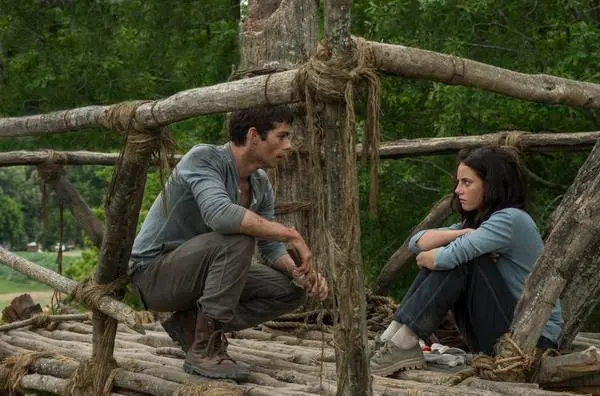
Comparison to the Book
Of all the films in the trilogy, The Scorch Trials takes the most liberties with its source material. The book, published in 2010, features a significantly different plot. While the general premise of the Gladers navigating a dangerous landscape remains, the events and characters they encounter are notably altered in the film.
One of the most significant changes is the role of WCKD. In the book, WCKD’s presence is more ambiguous, with the organization playing a behind-the-scenes role. The film, however, brings WCKD to the forefront, with Janson serving as a primary antagonist.
The introduction of Jorge and Brenda is also handled differently. In the book, these characters are more mysterious and their motives are less clear, creating a sense of uncertainty. The film, however, portrays them as more straightforward allies in the fight against WCKD.
The tone of the film is also darker and more action-oriented than the book. The novel spends more time exploring the psychological and emotional toll of the Gladers’ journey, while the film emphasizes high-stakes action sequences and the horrors of the Flare virus.
Despite these differences, the film successfully captures the book’s sense of desperation and the relentless pursuit of survival in a world gone mad.
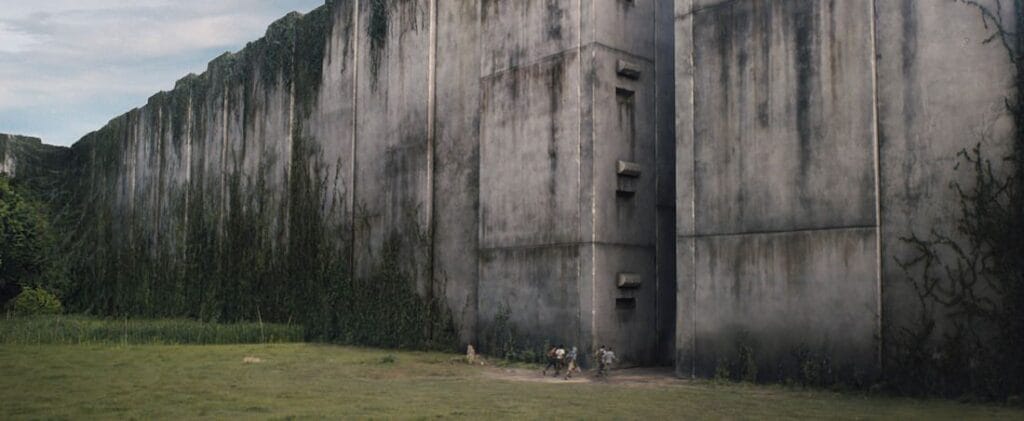
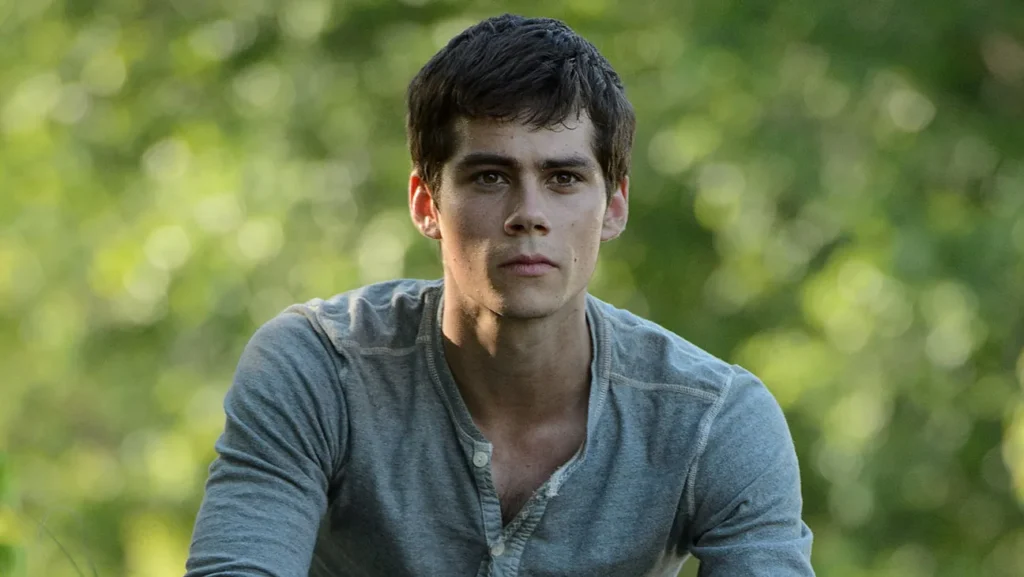


Part 3: Maze Runner: The Death Cure (2018)
Plot Summary
Maze Runner: The Death Cure concludes the trilogy with an epic battle between the Gladers and WCKD. The film opens with a daring rescue mission led by Thomas to save Minho (Ki Hong Lee), who was captured by WCKD at the end of the previous film. The mission takes the Gladers to the Last City, the last remaining stronghold of humanity, which is controlled by WCKD.
The Last City is heavily fortified, and getting inside proves to be a near-impossible task. However, with the help of Newt (Thomas Brodie-Sangster), Frypan (Dexter Darden), Brenda, and Jorge, Thomas devises a plan to infiltrate the city and rescue Minho.
As they navigate the city, the Gladers uncover the full extent of WCKD’s experiments and the sacrifices they are willing to make in the name of finding a cure. The organization, led by Ava Paige (Patricia Clarkson) and Janson, is desperate to save humanity, even if it means sacrificing the lives of countless children.
The film reaches its climax with an intense battle within WCKD’s headquarters, where Thomas faces off against Janson and Ava Paige. In the end, Thomas discovers that he is immune to the Flare and that his blood could be the key to finding a cure. However, rather than give in to WCKD’s demands, he chooses to destroy their facility and escape with his friends.
The film ends on a bittersweet note, with the surviving Gladers finding refuge in a safe haven, but mourning the loss of their friends who died along the way. Thomas, holding a vial of his blood, contemplates the future and the possibility of a cure.
Themes and Analysis
The Death Cure is the most emotionally charged film in the trilogy, exploring themes of sacrifice, redemption, and the cost of survival. The film emphasizes the idea that in a world as broken as theirs, there are no easy choices, and every decision comes with a price.
Sacrifice is a central theme, as characters are constantly faced with situations where they must choose between their own survival and the greater good. Newt’s tragic fate is a poignant example of this, as he succumbs to the Flare and asks Thomas to end his suffering. This moment highlights the deep bonds between the characters and the harsh realities they must face.
The theme of redemption is explored through Thomas’ journey. Throughout the trilogy, Thomas is haunted by his past actions as part of WCKD, but in The Death Cure, he takes steps to atone for his mistakes. His refusal to let WCKD use his blood to continue their experiments is a powerful statement of his commitment to doing what is right, even if it means sacrificing a potential cure.
The film also explores the idea of hope in the face of despair. Despite the overwhelming odds and the losses they suffer, the Gladers continue to fight for a better future. The ending, while bittersweet, offers a glimmer of hope as they find a place of safety where they can begin to rebuild their lives.

Comparison to the Book
The Death Cure is more faithful to its source material than The Scorch Trials, but there are still significant differences. The book, published in 2011, delves deeper into the psychological effects of the Flare and the moral dilemmas faced by the characters.
One of the most notable changes is the role of Teresa. In the book, Teresa has a more complex arc, where her betrayal in The Scorch Trials is further explored, and she ultimately sacrifices herself to save Thomas. The film, however, simplifies her character and focuses more on Thomas’ journey.
The ending of the film is also more conclusive than the book. The novel ends with an open-ended resolution, leaving the future uncertain. The film, however, provides a more definitive conclusion, with the Gladers finding a safe haven and Thomas holding the key to a potential cure.
The tone of the film is also darker and more action-packed than the book, with the focus on the final battle against WCKD. The book, while still action-oriented, spends more time on character development and the emotional toll of their journey.
The Maze Runner Trilogy: Overall Impact and Legacy
The Maze Runner trilogy stands out in the crowded genre of dystopian YA adaptations for its unique premise, well-developed characters, and intense action sequences. The films successfully capture the spirit of the books while making necessary changes for a cinematic audience.
The trilogy’s success can be attributed to several factors. First, the casting was spot-on, with Dylan O’Brien delivering a standout performance as Thomas. His portrayal of the character brought depth and relatability, making Thomas a compelling protagonist. The supporting cast, including Kaya Scodelario, Thomas Brodie-Sangster, and Ki Hong Lee, also delivered strong performances that resonated with audiences.
Second, the direction by Wes Ball was a crucial element in the trilogy’s success. Ball, a relatively unknown director at the time, brought a fresh perspective to the series, with a focus on creating a visually stunning and immersive world. His background in visual effects helped him bring the Maze, the Scorch, and the Last City to life in a way that was both believable and terrifying.
Third, the trilogy benefited from a dedicated fanbase of readers who were eager to see the books come to life on the big screen. The films, while making changes to the source material, retained the core elements that made the books popular, ensuring that fans of the novels were not disappointed.
However, the trilogy also faced criticism, particularly for the deviations from the books. Some fans felt that the changes made to the plot and characters, especially in The Scorch Trials, detracted from the story’s original intent. Additionally, the YA dystopian genre was beginning to lose its luster by the time The Death Cure was released, which may have affected its reception.
Despite these criticisms, the Maze Runner trilogy has left a lasting impact on the genre. It brought a fresh take on dystopian storytelling, with a focus on mystery, survival, and the ethical dilemmas faced by its characters. The trilogy also paved the way for more adaptations of YA novels, though few have matched its success.



A Trilogy For the Ages
The Maze Runner trilogy is a captivating and thought-provoking series that explores themes of survival, trust, and the consequences of power. While the films differ from the books in several ways, they successfully capture the essence of James Dashner’s novels and bring the story to life in a visually stunning and emotionally resonant way.
The trilogy’s legacy lies in its ability to balance action with deeper thematic content, creating a story that is both thrilling and meaningful. As the characters navigate the challenges of their world, they reflect the complexities of human nature and the difficult choices we all face.
Whether you’re a fan of the books or the movies, the Maze Runner trilogy offers a compelling journey into a dystopian world that is both terrifying and hopeful. It is a story that reminds us of the importance of resilience, the power of friendship, and the enduring human spirit in the face of adversity.

